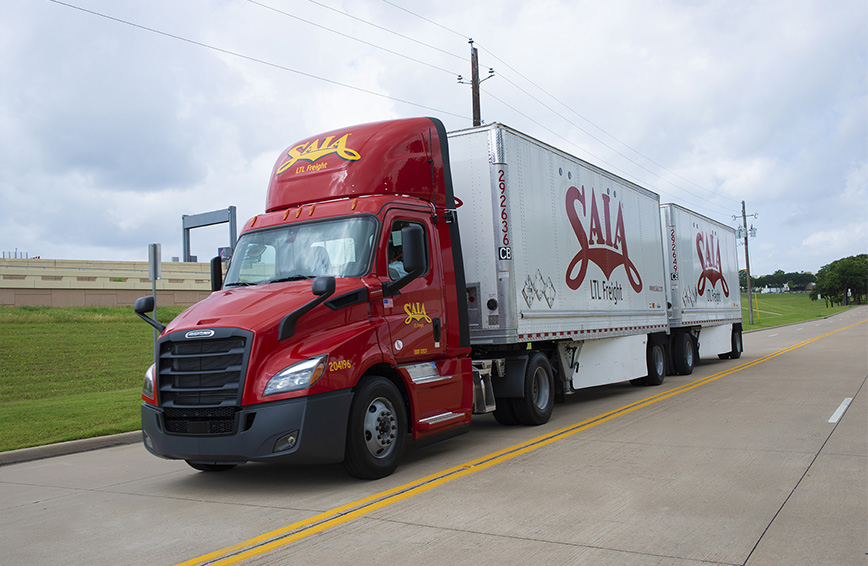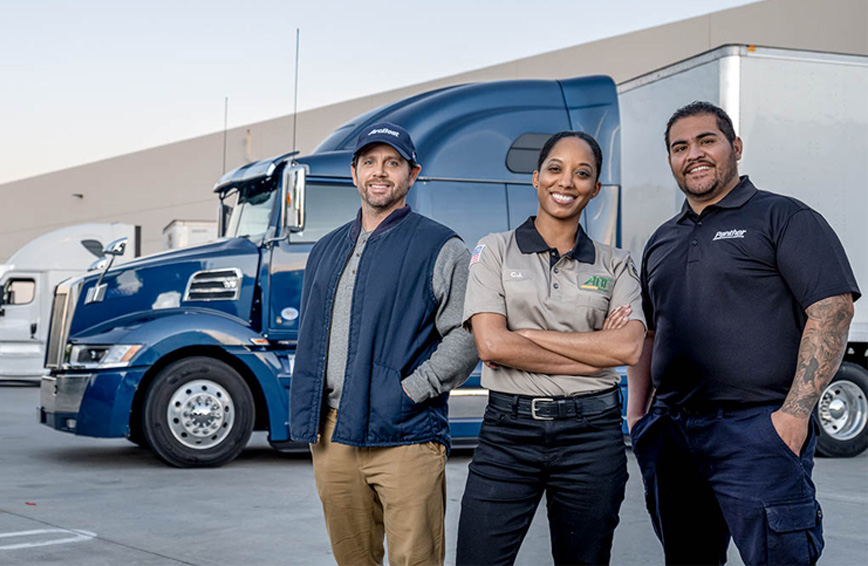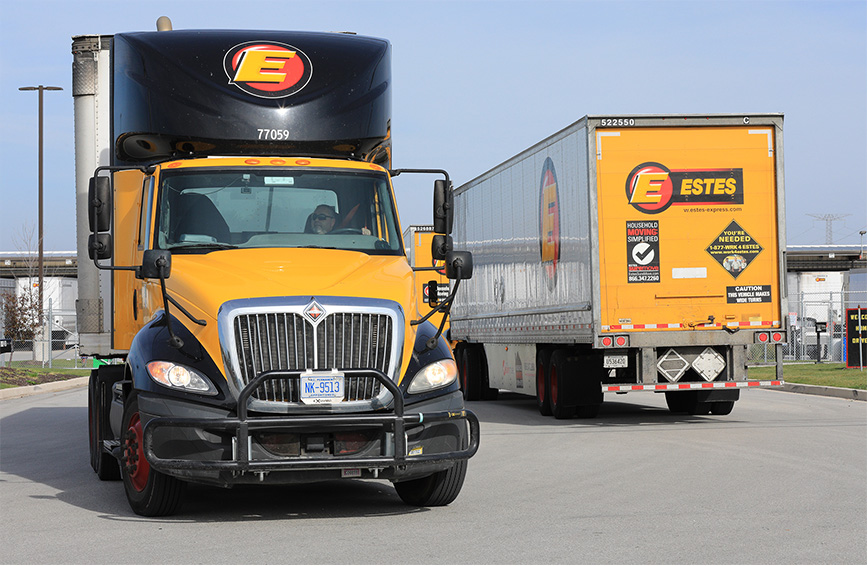Since when did accurate ETAs become an essential part of excellent customer service, especially when it comes to e-commerce or BtoB sales?
It all started with Amazon. The e-commerce behemoth has conditioned consumers to expect their orders when promised. Customers have also learned to expect accurate, up-to-the-minute delivery information about their in-transit goods so that they can adjust their expectations if their ETA changes.
ETAs are important for everyone in the supply chain: from logistics service providers and fleet managers to small delivery companies, big chains, and warehouses.
But for carriers, ETAs are an essential part of doing business: One late delivery can delay all scheduled deliveries within the day or even trigger drivers to engage in unsafe driving behaviors, with repair, legal, and medical repercussions.
Beyond route optimization to fleet efficiency, improved driver performance, and customer satisfaction
What exactly are the mechanics behind ensuring accurate ETAs? And how do ETAs help build trust and confidence between shippers, their customers, and their partner carriers?
Manual route planning doesn't support accurate ETAs. There's just too much complexity to handle all the possible changes and contingencies that impact delivery windows.
ETAs change, as do expectations. So, it's essential to move beyond manual route planning to create accurate ETAs and keep customers informed via open communications. Inconvenient delivery options and vague delivery time frames dissuade customers from purchasing products, as do poor shopping experiences.
For predictable ETAs, you need to build cost-efficient, flexible, fast routes for customers, fleets, suppliers, and manufacturers using route optimization tools. You can design the most rapid, shortest routes that help speed delivery using automated route optimization tools. Route optimization powered by augmented intelligence is also a great way to improve the accuracy of ETA calculations.
In addition, GPS, ELD, and telematics devices can be incorporated into route optimization tools, enabling route planning to include traffic patterns and the location of stops. These devices let dispatchers send routes directly to drivers and even update them mid-route if/when an emergency or last-second job arises. Route optimization solutions provide dispatchers and office staff with real-time maps and the locations of all your vehicles and assets, reducing the need to call or text drivers.
Most of these tracking devices have a "closest to" feature that allows you to plug in an address and see which drivers are closest to that location. Route optimization software also enables direct messaging to drivers' smartphones.
Alerts also let you know when the driver leaves their current job site and is heading to their following location, so you can proactively send accurate ETAs to customers. It is also possible to share real-time tracking beyond your employees, allowing customers to view the driver's location and any ETA changes. Allowing your customers to track their orders instantly will boost confidence and elevate the delivery experience via shipment visibility.
By planning each day or week, you can dramatically decrease customer service and delivery window times, leading to improved customer service and increased revenue since drivers can complete more jobs per day.
More efficient route planning, communication, and driver dispatching also reduce fuel expenditures and because drivers take the most efficient routes to combat rising fuel prices.
Accurate ETAs help customers prepare for their deliveries by ensuring that dock doors are open and enough labor is scheduled to help with loading and unloading.




